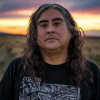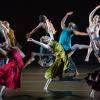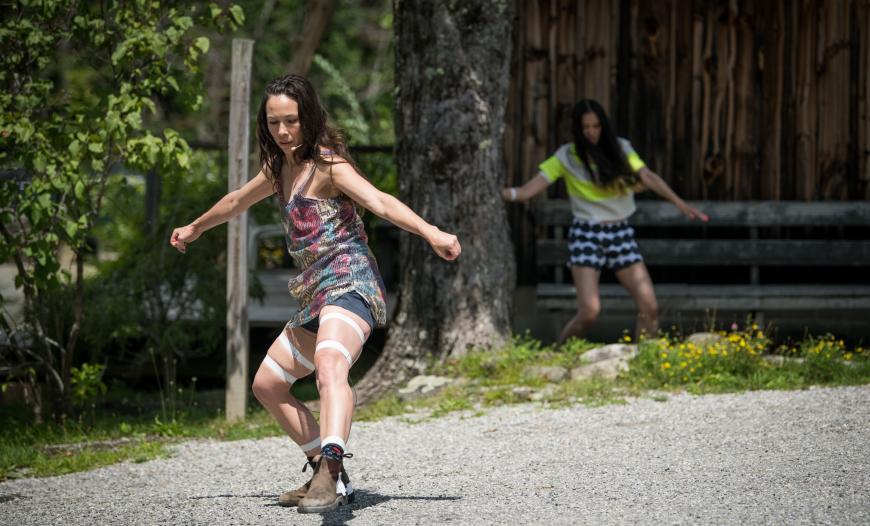
Emily Johnson, who founded the dance troupe Emily Johnson/Catalyst in 1998, asks big questions. Indeed, in her world premiere Being Future Being, the Doris Duke and Bessie Award-winning choreographer and writer delves into the power of creation, building from an ancestral landscape of Indigenous power. Also described as a starting point for relationships, the dance work, which integrates movement, deep-dive storytelling, sound, and social practice, debuts Sept. 8–10 at Santa Monica’s BroadStage.
Based in New York City (Johnson refers to the area by its Indigenous name, Lenapehoking), the choreographer is of the Yup’ik Nation and has been making work that expands beyond traditional ideas about what performance entails and where it happens. Described in 2015 by The New York Times as “a magnetic performer, adept at mobilizing people, onstage and off,” Johnson once again brings together an exceptional group of collaborators. Included are Pulitzer Prize-winning Diné composer Raven Chacon; sound designer Chloe Alexandra Thompson, who will be onstage with the performers; tattooer Holly Mititquq Nordlum; designer Korina Emmerich, who has fashioned “Quilt-Beings”; and five dancers, including Johnson.
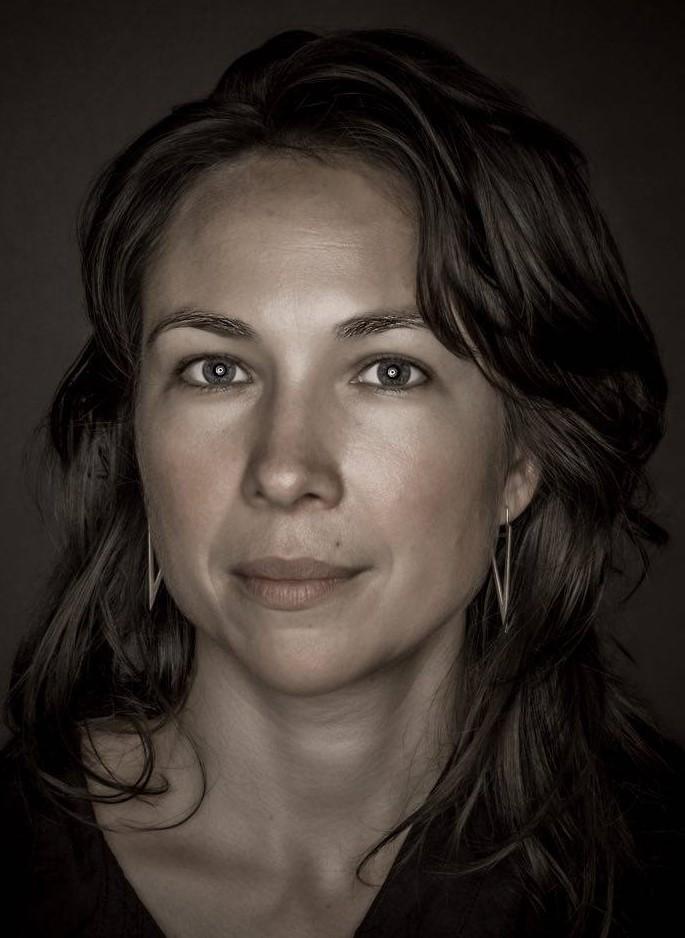
In a phone conversation from her home, Johnson, who workshopped some of the piece outdoors at Jacob’s Pillow in the Berkshires, said that a portion of Being will also be performed outside. “We are always beyond the walls and always beyond structures imposed on us. Whether we’re technically indoors or outdoors, we are beyond the architecture.”
This coheres with the idea that real-world action will flow out from the performances, or what Johnson refers to as “Branch of Action: Speculative Architecture of the Overflow,” one of the four facets of the project, involving collaborators at every level. Recalled Johnson: “For many years, I’ve been doing works totally involved in process, wherein community folks gather together to vision and articulate what we want for our futures.
“For the past 15 years,” she continued, “I’ve been thinking about this, visioning it — creating practices [of] what we collectively vision for the future. A few years ago, a fairly simple thought came to me: ‘We need that better future now.’ It’s about being in that future now, both individually and collectively.”
Involving spectators is also key to Johnson’s work. She explained: “Our world creates far too much separation, very purposely. So, we are less inclined in working together, visioning together, being together. I think of my performances as gatherings,” she continued, “where we can build our relationships with one another and with our lands and with our more-than-human kin.”
As for working with Chacon, Johnson said they’ve been friends for a number of years, but this is their first collaboration. “We worked beautifully together. We talked a lot about the intents of the piece, and he came to a lot of early rehearsals. I was working with three-minute time elements, and there was a lot of discussion about different forms of listening and communicating.”
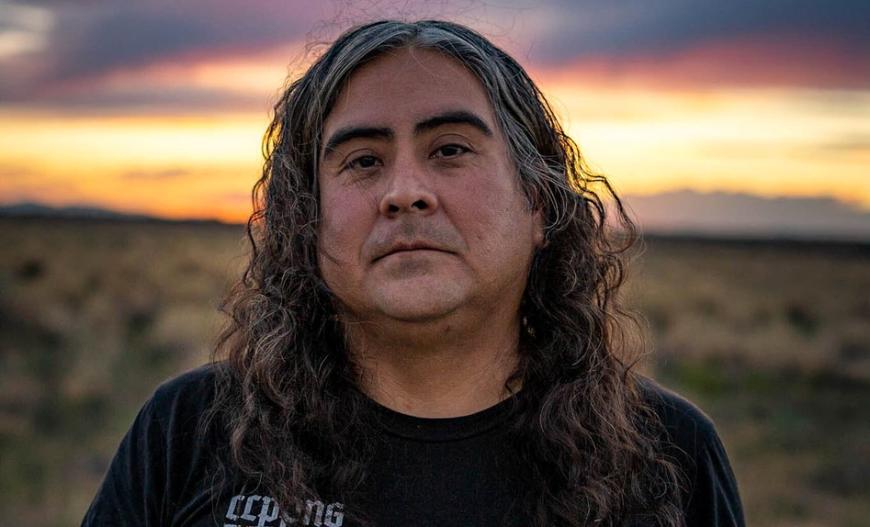
About the score, she continued: “If you’re thinking about being in the future —Indigenous folks particularly grasp this future that was not intended for us — a lot of these thoughts are what generated some sound elements. What I really appreciated was the ease — a lot of flow back and forth — sound-wise, movement-wise, idea-wise. When something worked for both of us, it was very obvious. Somehow, it felt fruitful.
“And,” added Johnson, “the score comes to life during the piece. It is activated live in the moment [with] dancers’ movements.”
Johnson’s work is what she calls “body-based.” She elucidated: “Everything that comes from the body — ideas, feelings, thoughts, activation, protection, dancing, stories, past, present, future. I think about dance that way, too — dance is also everything. Our bodies are everything. That’s very clear. A lot of texts I write and the performances I make, that’s where my thinking comes from. Our bodies hold our past, present, and future. Everything comes from our bodies.”
It’s no surprise, then, that audience bodies are also integral to her performances, and Johnson is committed to involving viewers in her work, even in traditional spaces. In her 2012 opus Niicugni (meaning “listen” or “pay attention”), the second part of her trilogy related to her Yup’ik heritage, she recruited some 40 people to sit in the audience of the Baryshnikov Arts Center. These folks also appeared onstage and performed simple gestures.
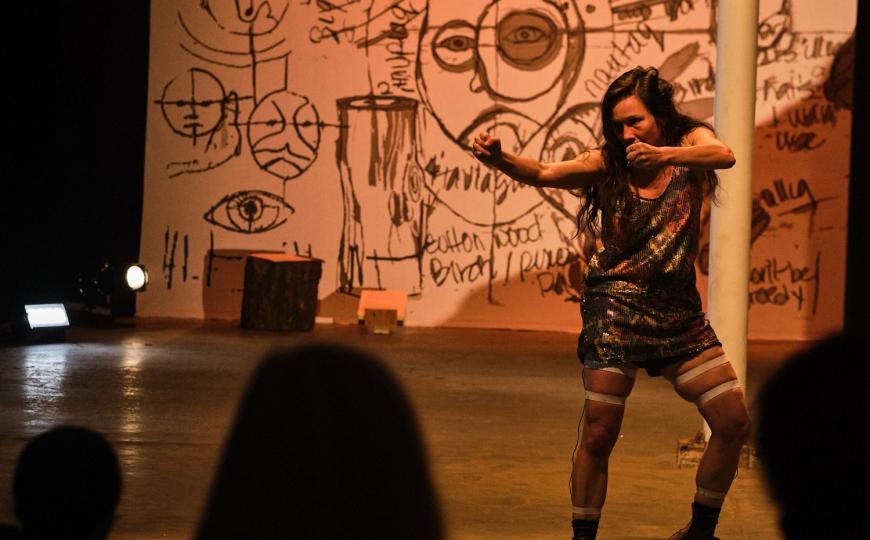
For the BroadStage concert, the audience will, at one point, move outside the theater. This, too, aligns with the idea of overflow. “This is particularly [the case] with Being Future Being. One of the things we’re working on is this idea of overflow. I talked about architecture, but if we think about performance as one moment, maybe the activation can nurture or grow relationships.”
Another faction of the BroadStage presentations: a hub of activities and gatherings, including a site-specific activation at the Santa Monica College main campus on Sept. 8 and Sept. 10. With three mature trees serving as the focal point of the gathering, audiences will enjoy an encounter that teems with story, movement, and sound.
Whether indoors or out, though, Johnson wants people to have an enjoyable experience. “But what I hope is that people are called to action past the performance — the architecture of overflow. People being committed to being in a responsible relationship with the land they occupy — what might be responsible actions going forward to Indigenous people and land protection.
“A lot of time is spent trying to build relationships with land and water protectors,” Johnson continued, “so that we know where our efforts need to be focused. [For] some of that, we will be calling on the audience. When you come to my show, I expect a responsible exchange. A reciprocity needs to be happening. I’m trying to foster that kind of spirit in performance and hope that leads to a better relationship into the future.”



